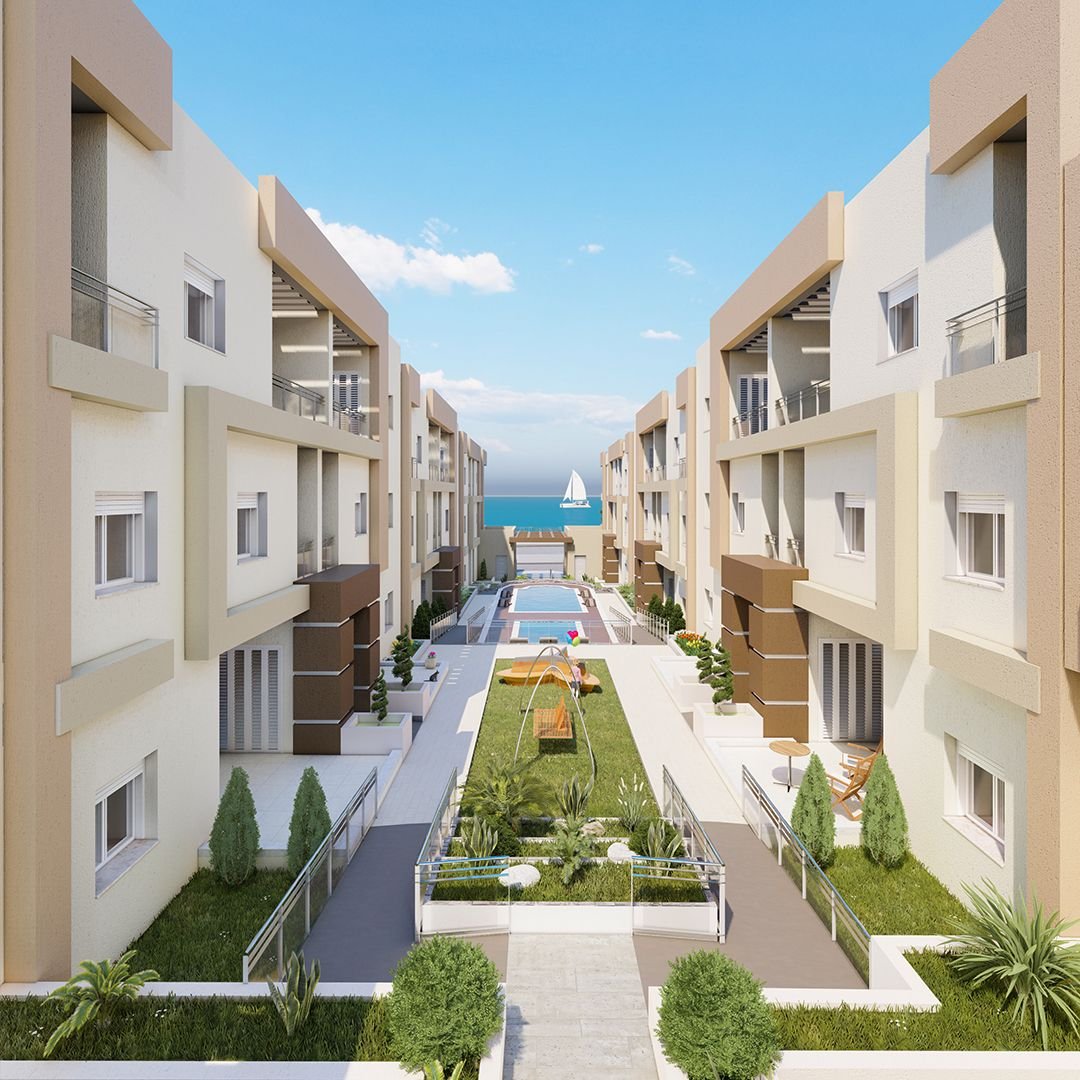For decades, Latin America has been whispered about in investment circles as “the last great frontier” for affordable property with high upside. From beachfront condos in Colombia to farmland in Paraguay, prices can seem like a dream compared to Miami or London. Add in warm climates, vibrant cultures, and potential residency perks, and it’s no wonder more Western investors are boarding flights south.
But here’s the truth: Latin American real estate isn’t a “buy today, retire rich tomorrow” scheme. It’s a market full of opportunities,yes,but also traps that can turn your dream investment into a cautionary tale.
So,is the risk worth the reward? That depends on how well you understand the landscape.
The Allure: Why Western Buyers Are Drawn to Latin America
1. Affordability That’s Hard to Ignore
In many Latin American cities, $150,000 can get you a modern condo in a desirable neighborhood,something that might cost triple in a U.S. coastal city. Even luxury homes in Mexico, Costa Rica, or Ecuador can be surprisingly attainable.
2. High Potential Yields
Tourist hotspots like Tulum, Cartagena, and Medellín have growing short-term rental markets. In high season, well-managed Airbnb properties can outperform comparable investments in Europe or North America.
3. Lifestyle and Residency Benefits
Many Latin American countries offer residency visas for property owners. Think about combining a rental investment with a “Plan B” home abroad, enjoying year-round sunshine and lower living costs.
The Risks You Can’t Afford to Ignore
1. Legal and Bureaucratic Landmines
Property rights in Latin America can be less secure than in the West. In some countries, foreigners can’t directly own coastal or agricultural land without using trusts or local corporations. If your legal structure isn’t airtight, you risk disputes or even losing the property.
2. Title and Ownership Issues
In rural areas, land records can be incomplete or disputed. You may buy a property only to find someone else’s family claims ownership,a nightmare that can take years to resolve in court.
3. Market Volatility
Unlike in the U.S. or U.K., local housing markets can swing drastically based on politics, currency instability, or tourism trends. A change in government policy can directly affect rental laws or property taxes.
4. Maintenance and Management Challenges
Owning a rental property from abroad is tricky. Without trustworthy local management, costs for repairs, utilities, and upkeep can spiral,and tenant issues can take months to resolve.
Best Practices for Safer Investment
- Hire a Reputable Local Attorney
Not just any lawyer,find one experienced in representing foreign buyers. They should handle title searches, due diligence, and ensure all documents are legally binding.
- Buy Where Demand Exists Year-Round
Seasonal tourist towns can leave you with empty rentals for half the year. Cities with strong local economies,like Mexico City, Santiago, or São Paulo,offer more stable demand.
- Diversify Within the Region
Don’t put all your capital into a single country. If one market faces political turmoil, another might still be booming.
- Visit Before You Buy
Online listings can be misleading. Spend time in the area, meet locals, and understand the neighborhood’s real character before wiring any money.
High-Risk, High-Reward?
- Here’s the reality: Latin America offers some of the best property deals in the world,but the barriers to entry are higher than most investors expect. If you’re willing to invest time in research, legal protection, and on-the-ground connections, the rewards can be significant. But if you treat it like a quick flip, you could be left holding a property you can’t rent, can’t sell, and can’t use.
In short,the reward is worth the risk only if you respect the risk.
💡 For globally minded men looking to build wealth while building a life abroad, Latin America is a land of opportunity. But it’s not for the impatient, the uninformed, or the unprepared. Your passport might open the door,but your strategy decides whether you keep it open.













